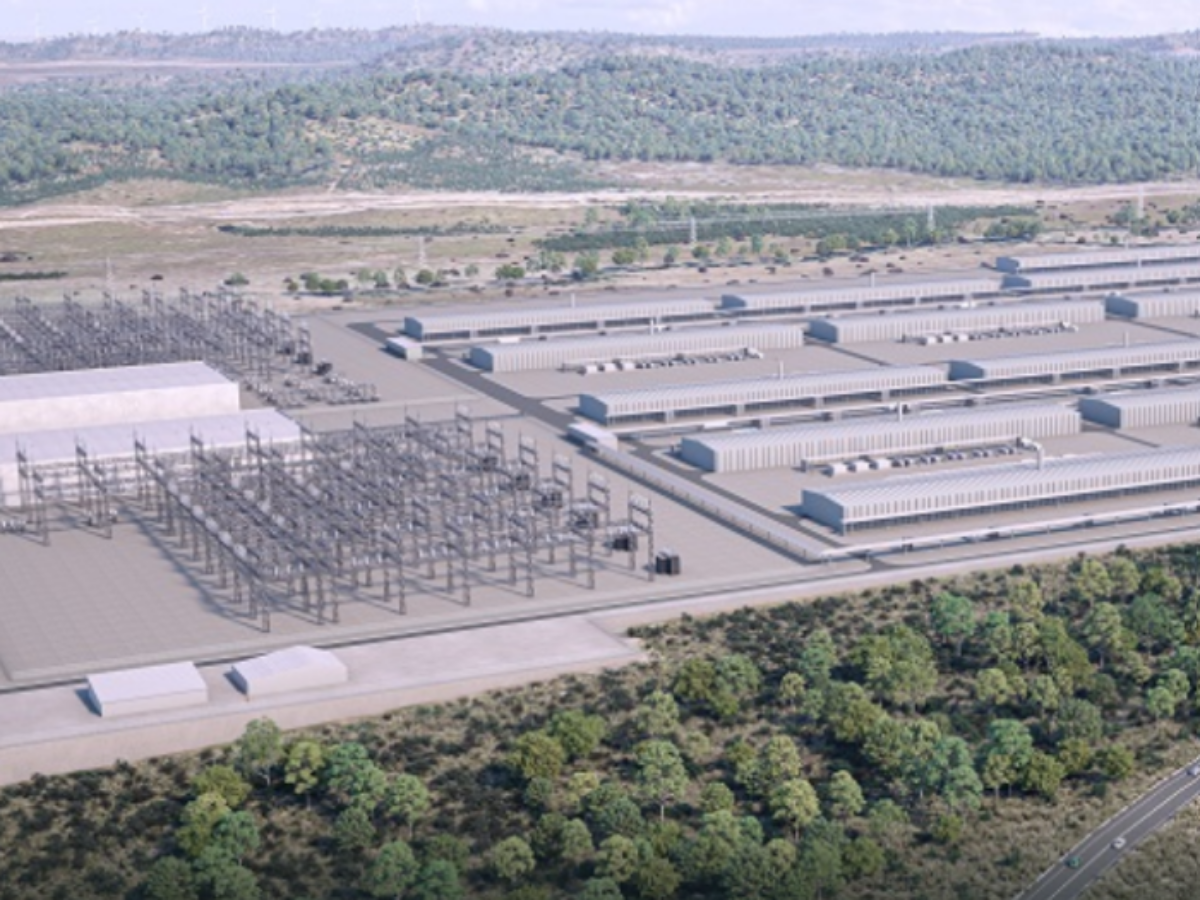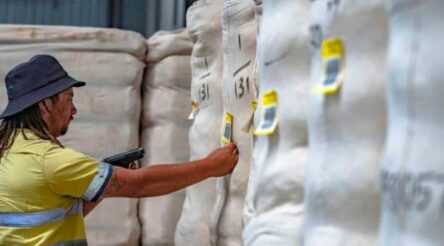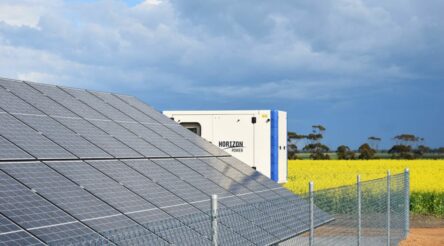Queensland announces progress on two of 50 planned hydrogen projects

By Peter Roberts
The Queensland government has celebrated further progress on two of what the state says are two of more than 50 green hydrogen projects currently underway across the state.
The progress in Queensland, and other states, confirms that exports of green hydrogen and ammonia promise a new commodities boon, though this time of renewable resources rather than the finite coal, iron and gas that drove the last boom two decades ago.
In the first development Queensland Premier Annastacia Palaszczuk met with consortium partner Singapore’s Keppel Infrastructure for Queensland’s largest renewable hydrogen project, the CQ-H2 project (pictured).
Keppel, Iwatani Corporation, Kansai Electric Power Company, Marubeni Corporation and Queensland’s publicly owned Stanwell Corporation’s proposed project will provide more than 8,900 new jobs, deliver $17.2 billion in hydrogen exports, and add $12.4 billion to Queensland’s Gross State Product over its 30-year life.
In the second development the Han-Ho H2 consortium saw the signing of a landmark Heads of Agreement in Korea during the Premier’s investment mission bringing closer the export of renewable hydrogen and green ammonia to Korea.
The consortium consists of Australian-based Ark Energy and its parent company Korea Zinc, as well as Korean conglomerates Hanwha Impact and SK Gas os one of the leading export project developments that could establish a green energy corridor between Australia and Korea.
Japan, Korea and Singapore are first among nations in our regions backing the use of Australia’s massive renewable electricity potential to produce green hydrogen, ammonia and methanol, potentially replacing our exports of liquified natural gas.
The corporate power of the proponents, and their rising imperative to decarbonise their operations, including by utilising Australia’s green hydrogen are as impressive as the scale of their ambition.
Not only good for maintaining our balance of trade as fossil fuel exports fall from favour, industry investment at this scale offers numerous opportunities for downstream processing into products such as industrial chemicals and plastics.
Palaszczuk said the state was at the forefront of becoming a renewables, hydrogen, and clean energy superpower.
Palaszczuk said: “We are committed to delivering a globally competitive energy solution that is centred around firmed, low-carbon electricity for industry, that benefits both Queensland and our consortium partners.”
The 50 hydrogen projects underway across the state, including Stanwell Energy’s mega $12.4 billion Central Queensland Hydrogen Hub at Gladstone Port suggests the state needs to reach 70 per cent renewable energy by 2032 and 80 per cent by 2035.
The mega-projects are being supported through the $4.5 billion Queensland Renewable Energy and Hydrogen Jobs Fund.
CQ-H2 is Queensland’s largest renewable hydrogen project and ranks in the global top 10 hydrogen projects, with Central Queensland as the hub of the strategic development.
The Premier invited Keppel Infrastructure to Queensland to continue discussions about the project, and also met with Iwatani Corporation, Kansai Electric Power Company, and Marubeni Corporation in Japan.
Meanwhile the Han-Ho (Korea-Australia) H2 consortium partners represents one of the leading export project developments in renewable hydrogen and green ammonia between Queensland and Korea.
The proposed mega-project in North Queensland will produce up to 1.8 million tonnes per annum of green ammonia and will support the development of up to 4.5GW at Ark Energy’s Collinsville Green Energy Hub.
The project’s development during feasibility stage will be supported by the Queensland Government investing $8.5 million for the Abbot Point Activation Initiative under the Queensland and Energy and Jobs Plan hydrogen hubs program.
This investment will advance the master planning, development and infrastructure arrangements that are needed for Abbot Point to become a hydrogen export super hub.
Townsville is also set to become a critical minerals and hydrogen manufacturing powerhouse with Korea Zinc’s Sun Metals green industrial precinct and Ark Energy’s SunHQ Hydrogen Hub supporting the expansion of critical minerals supply chains and the domestic hydrogen industry.
Palaszczuk said: “While our traditional trade and investment sectors with Korea remain strong, we’re also forging ahead in our decarbonisation initiatives.
“We look forward to working closely with the consortium partners to unlock Queensland’s renewable energy potential and become a large-scale producer and exporter of green hydrogen.”
Further reading:
ARENA backs Gladstone renewable hydrogen project
QLD unveils $2b renewables and hydrogen boost
Picture: Stanwell Corporation
@aumanufacturing Sections
Analysis and Commentary Awards Defence Manufacturing News Podcast Technology Videos










